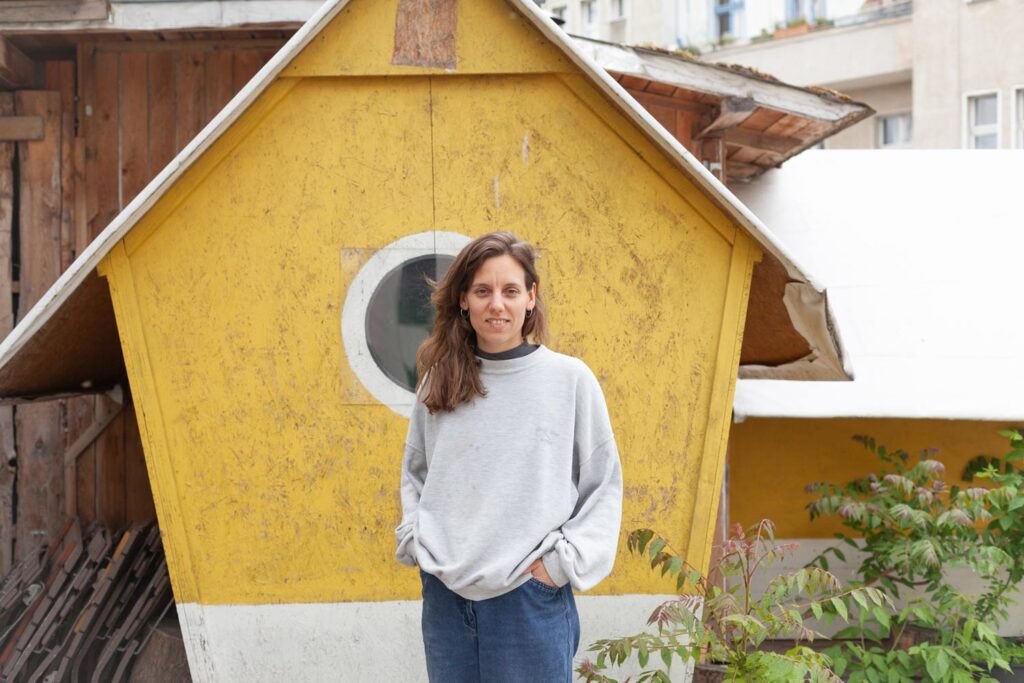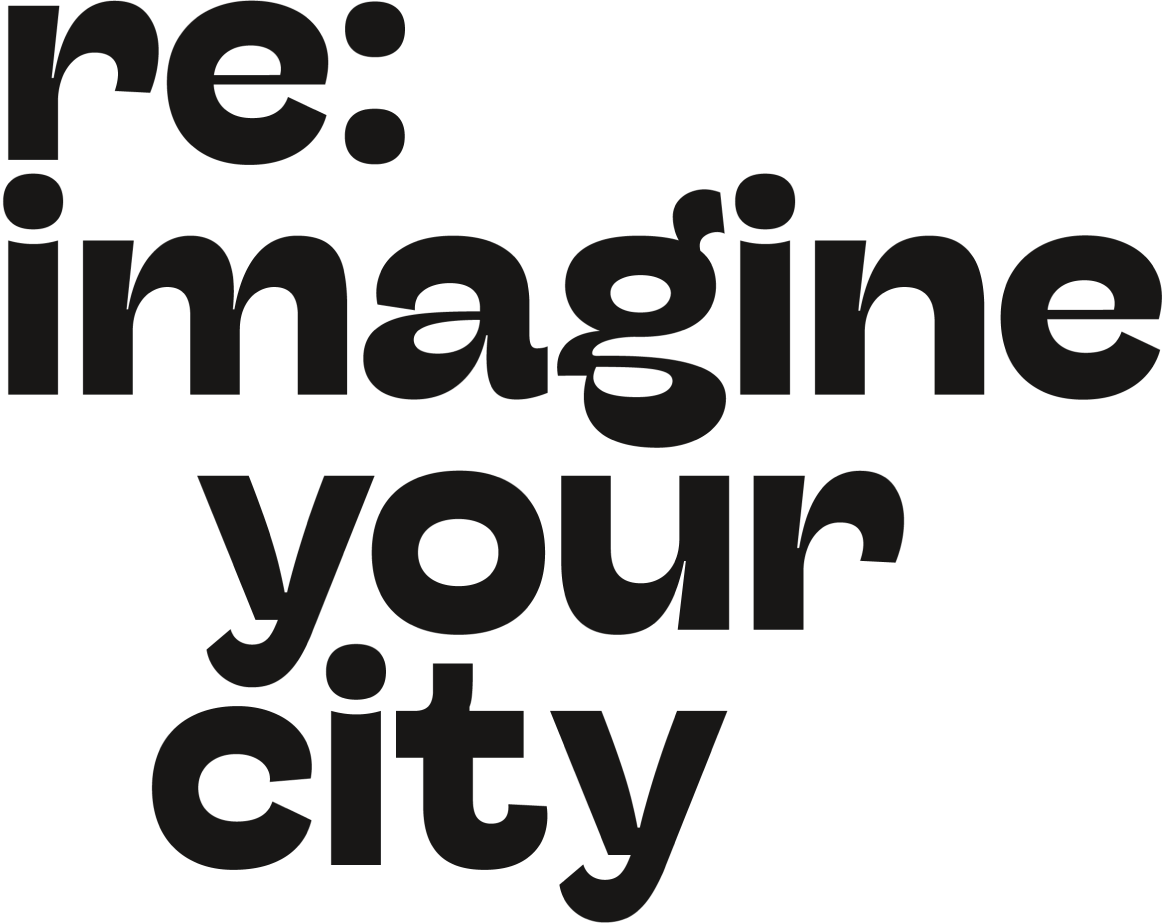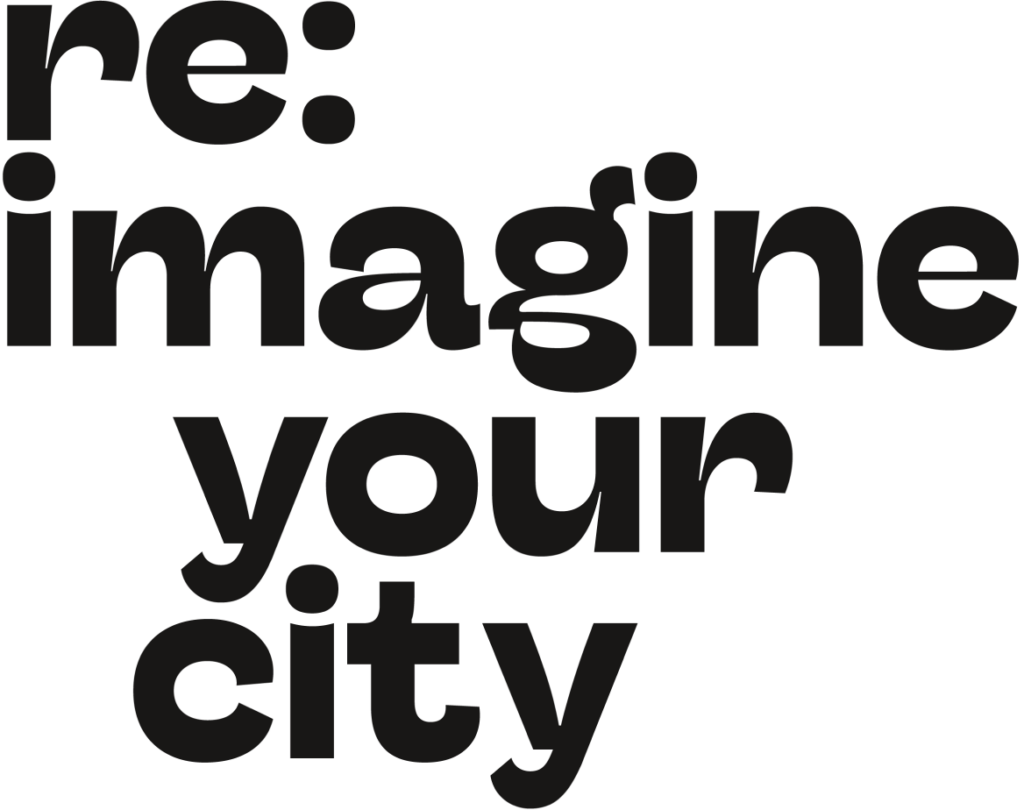The following article begins with a description of a particular type of hole, one familiar but hidden in plain sight: the Euro hole.
The Euro hole is a small slit at the top of product packaging. Mostly used in retail, this hole allows items to be hung in shops. Suspended in front of customers, items stand out as products. The standardised hole applies to all product presentation systems with the European DIN standard EN 13010. What could be perceived as an inconspicuous functional feature actually plays an essential role in our consumerist system: the standardised design certifies goods with an industry “credibility”. A sneak peek through the Euro hole can reveal how standardisation and commodification are linked to capitalism’s subtle exploitation of space and consumer’s gaze.
If we look within Berlin or many other cities, these holes not only lurk in supermarkets – rather they are ever more common in dense urban settings. The newly built district behind the main train station in Berlin Mitte, called “Europacity” by its investors, is representative of this development. The 40-hectare area belonged to Deutsche Bahn, the German railway company, which was privatized in 1994. The former railroad site was then sold to the private real estate firm C.A. Immo which started to develop the area in 2010. Today, the highly privatised neighbourhood is full of holes.
Walking through Europacity, once a part of the Berlin Wall strip, you would hardly notice the remaining bare fields or the huge excavated holes. They have been, in fact, consistently covered by real estate advertising. On top of painted wooden fences and plastic tarps, you could read:
Mix it like Berlin! Let’s work together! We are looking for real pioneers for our neighborhood! We are looking for extraordinary makers for our city, if not you, then who? Unfold your business and create your community with us at our headquarters! Currywurst and Shampoos, Exclusive Café, Co-working spaces, and (you)?
In hiding the construction holes, these statements refer to Berlin as a brand, trying to address us directly. If, on the one hand, their “call-to-action” taglines invite us to participate in the upcoming projects, on the other, the rhetoric sounds like an announcement for a job vacancy: Who’s their target group? With their evocative power, these commercial spots are not only masking physical holes but rather one factual reality: the public able to afford Europacity’s exclusive housing and office blocks is not us. How can one pioneer Berlin without having a place? And who gets to be a pioneer?
Our cities are developing new products to buy, packaged in catchy slogans and standardised designs. Yet not only buildings are for sale – the financialization of our urban surroundings is also “investing” in public space. High-priced apartment buildings and supervised office towers affect how the surrounding space is perceived and used. In Europacity, official public spaces seek to mimic privatised areas for their slick appearance, failing to include community sitting options or playgrounds. The neighbourhood presents as well public spaces that are, in actuality, privately owned. Both of these cases do not support a vivid street life, as they produce invisible holes, and gaps for access and expression by the public. In an urban design where the lack of public institutions is part of the concept, people are made to gather in places of consumption.
The privatisation of the area and the influx of international capital implanted a whole new urban formation. The former railway halls and commercial buildings have been torn down to free space for the upcoming “project”. Without places where to work, the local artists had to leave along with those using public space as their canvas for graffiti and other actions. Berlin is known worldwide for its vivid arts and underground culture, which emerged during the 90s in an accessible and cheap urban setting. Nowadays, the art scene can hardly exist in a city (center) incorporated by the capital. Despite that, investors use the image of Berlin as a creative hub in their motive, eliminating at the same time the alleged protagonists of their own marketing campaign. In Europacity, artists have been replaced by potential buyers and tenants – an international, dynamic, wealthy audience able to afford upscale rentals and properties.
That’s where we loop again into the Euro hole: the standardised design feature found in products across Europe, just as the new standardised housing and office solutions which look alike in any city. The Euro holes of Europacity are thus byproducts of a public space no longer conceived for communication and exchange but merely an accessory in the sales profiles of real estate portfolios.

Facing this involution, our artist initiative Offener Kanal Europa (O.K.E.), was founded to initiate exchange and communication about these local developments by establishing a DIY multi-media channel on site. Through low-barrier actions in public spaces such as participative tours, interviews, or performative interventions, we create social interactions that are flexible, mobile, and curious in order to establish a counterweight to the invisible capital and static structures of Europacity. Reintroducing the notions of chance, creativity, and critical experimentation in a capitalised public space seems the only way to fill the holes with missing public access in this new part of Berlin.
As artists and activists, we question the disappearance of public access and, consequently, that of the public as a social community in this branded neighbourhood. Feminist perspectives help us to rethink these arising holes, fostering community-based approaches to address the void left behind by financialised urban planning. In countering an absence of social meaning, we reply with a radical physical presence – a response-ability which entails being on-site, spending time in the area and weaving connections with and among people. Art in public space has the power to make urban speculative loopholes visible within local realities:
Can we transform the standardised hole collectively with subversive actions?


